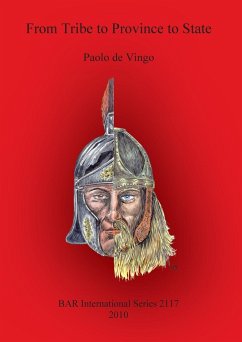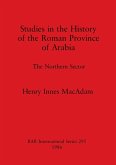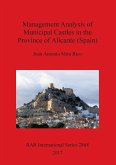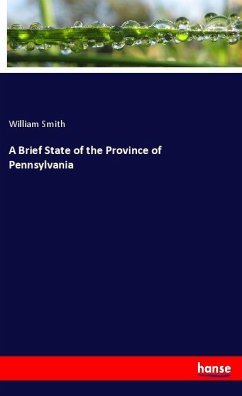This study focuses on the diversity with which early medieval society formed not only among macro European zones but also within individual areas, and thus on the need to look beyond the models elaborated during a phase in which archaeological sources were still fragmentary and inadequate. Through a combination of historical and documented-based investigation and the most recent extensive archaeological data, the author makes a comparative analysis of the different results of the movements of Germanic groups, especially in the particularly representative area of northern Italy and the Alpine system, during various periods: in the 5th century as auxiliary troops under the control of the same Roman Empire (Burgundians), then as the new military élites and finally as the new ruling class (Ostrogoths and Langobards), revealing how the cultural evolution of the new sites appears to be strictly correlated to different situations and often common to the new Germanic element and to the local Romanised components. Interesting and stimulating concepts that underscore the formation of a shared culture are presented in this contribution along with a refreshing new perspective of certain aspects, such as the evolution of clothing and funerary rituals, already considered expressions of simple ethnic preservation.
Hinweis: Dieser Artikel kann nur an eine deutsche Lieferadresse ausgeliefert werden.
Hinweis: Dieser Artikel kann nur an eine deutsche Lieferadresse ausgeliefert werden.








